| marc7 travels |
|
When the Luzon Community Quarantine was announced, we went on a mad rush to book a return flight to Manila. Our worry then was to get back the soonest that we can, lest we get stranded in Mindanao. We had to cut short our backpacking trip and, 12 hours after, we found ourselves wrapping up our half-baked CARAGA trip and wandering around a city known for its balanghai. Butuan City is a regional center located on the northeastern side of Mindanao. It serves as the primary gateway of CARAGA region. The excavation of “balangay” boats have placed the city in the tourism map of the country. Since then, the ancient boats served as an icon of this bustling city. With a limited time in Butuan, we went around town to explore its nooks and crannies. It did not fail to impress us with its old urban town vibe. Balangay Shrine Museum The excavation of these ancient boats gave us a glimpse of the rich history of the region as a trading post during earlier times. The museum is located near the banks of Masao River where 3 of the 9 balangays discovered were already excavated. These ancient boats measured 15 meters in length and 3 meters in width on its beam. These balangays or balanghais serve as evidence of Butuan being a port city way back to the pre-Spanish period. They are now on display at the shrine. Unfortunately, we were unable to view the exhibit as the museum was closed because of the COVID19 crisis. Getting there: One can take a jeep to Libertad and you can ask the driver to drop you off at the Libertad National Highschool. You can then ride a trike to the Balanghai Shrine Museum. Santo Nino Diocesian Shrine Tucked along Maharlika highway, one cannot miss out on this beautiful church here in Butuan City. Established in 1986, it is the home of the image of the Sto. Nino that was brought to Butuan by Ferdinand Magellan. The history that the church holds and the beauty of its structure make it one interesting destination to drop by. The church looks simple beautiful with its simple façade but its interior is just amazing. I loved the high ceiling and the stained-glass windows that gave it a very impressive vibe. The focal point of the church is its beautifully crafted altar with the Crucified Christ as its centerpiece. Adjacent to the main altar is a smaller altar where the revered image of the Sto. Nino is prominently displayed. Getting there: From the Balangay Shrine Museum, you can take a tricycle and you can ask the driver to bring you to the Sto. Nino Shrine. You can also walk to the church from the tricycle’s drop-off point near the Libertad National Highschool. Banza Church Ruins On the banks on this side of Agusan River once stood a pueblo that served as the center of Butuan for 200 years. However, Banza’s location was prone to Moro raids that left a trail of massive destruction that a forcible transfer of the pueblo was decreed in 1865. It did not go well among the locals that it led to the arrest of the parish priest, Fray Matias Villamayor. Now, the only mute witness to the rich history of Banza is a huge Balete Tree that encased the ruins of the old church’s belfry. One can take a peek at the ruins through a small opening on the side of the tree. The balete tree seemed to be protecting the only piece left of a once thriving community by the river. A small kiosk was built near the tree where a marker was installed that outline the history of the place. The place is a great spot to view the mighty Agusan River. It is also a perfect spot where you can just simply sit down on the edge of the dike or lie down on the grass to just enjoy a lazy and peaceful afternoon. I just hope that the LGU will give more attention to this historical place where the “población” once stood. Getting there: You can take a jeep to Banza from the Sto. Nino Diocesan Church. You go down at the corner right after the Magsaysay Bridge. You can then rent a habal-habal to take you to the Banza Church Ruins. I highly suggest that you ask the habal-habal driver to wait for you as it may be hard to get a ride back to the jump-off point. St. Joseph Cathedral At the heart of Butuan City is one of the main churches of the city – the St. Joseph Cathedral. The present church was consecrated in 1954 and was elevated to a Cathedral in 1967 by Pope Paul VI. The church is the first to be established in Mindanao and its history go way back to the Spanish Occupation. Its long history includes the celebration of the First Easter Mass in 1521 and the blessing of the first church in Mindanao in 1597. The church stands tall and mighty over the city. Its simple façade is complemented by a belfry adjacent to it. Its simple design cuts across even within its walls. At the heart of the church is its beautifully crafted retablo adorned in brown and gold. Getting there: You can take a jeep headed for the city proper from the jump-off point of the Banza Church Ruins. You can ask the driver to drop you off at the Cathedral which is only a few meters after the bridge. Butuan Plaza / Guingona Park Just right across the St. Joseph Cathedral is an open place park – the Butuan Plaza. The plaza is the typical open-space park with a band stand that you see in urban cities in the provinces. A statue of our national hero is installed on one side of the area while the Philippine Flag stands right across it. It was once renamed as Rizal Park as it is believed that the national hero once visited the area but it was later reverted to its original name after it was reconstructed. If you want to observe a typical Butuan day, the plaza is the best place to just sit down and observe locals go by their usual day. We got there in the late afternoon and I noticed that a number of locals just sit by and relax in the plaza just to see the afternoon go by. Getting there: The Butuan Plaza is right across the St. Joseph Cathedral. Magsaysay Bridge and Agusan River Another historical structure in the city is the Magsaysay Bridge that spans across the Agusan River. It was built in 1957 and was the first bridge installed in the city that goes across the river. The red color of its trusses was maintained giving it a more creative look with the Agusan River in its background and foreground. The arch-type steel bridge, for years, served as the lone connection of the city to the rest of Mindanao. This is also a good viewing point of the Agusan River. The river is the widest and the most navigable river in Mindanao. It is the third largest river system in the country with an estimated total length of 349 kilometers. Its headwaters are found in the mountains of Davao de Oro that drains directly to Butuan Bay. The best time to visit the place is in the late afternoon so you get to enjoy that warm afternoon sun striking the Magsaysay Bridge. The view is both photogenic and relaxing. Getting there: From the Butuan Plaza, you walk along San Jose Street until you reach a dirt road leading to the Butuan Fire Station. Agusan River is right across it. Butuan City Hall /National Museum (Butuan Branch) With a few extra hours before heading back to Manila, we decided to explore the Butuan City Hall and the National Museum in Butuan. Both spots are located adjacent to each other along Jose Rosales Ave. The Butuan City Hall is the city’s center of governance. The sprawling complex is where most of the city’s LGU officials hold their office. The main building has a simple facade highlighted by the city’s seal. It also has a huge open space park where an image of Rajah Kolambu was installed to honor him as he once ruled the region. A few meters from the City Hall, one can check on the rich history of the region. The National Museum - Butuan Branch serves as the repository of the archeological finds in the city and in the CARAGA region. Some of its exhibit are metal crafts, woodcrafts, potteries, and burial jars from pre-Spanish period that details the historical role of Butuan and the region in Philippine history. Unfortunately, the museum was closed because of the COVID19 crisis and we were not able to view the exhibits. We had to settle with taking pictures of its complex from the outside. Getting there: From the Butuan Plaza,you can take a tricycle and tell the driver to bring you to the Butuan City Hall. The National Museum (Butuan Branch) is walking distance from the city hall. Agusan del Norte Provincial Capitol Butuan City was once the regional center of Agusan del Norte until 2000 when it was transferred to Cabadbaran City. Despite the move, some regional offices are still within the city pending its transfer. A kilometer across the Butuan City Hall stand the Agusan del Norte Provincial Capitol. The capitol building was built in 1951 and its design is influenced by American post-World War 2 architecture. Complete with a sprawling front lawn, the complex was built on a land donated by the first governor of Butuan, Teofisto Guingona. Getting there: From the Butuan City Hall, you can take a tricycle to the Agusan del Norte Provincial Capitol. POST TRAVEL NOTES Butuan City has a perfect mix of rural-urban vibe and history that made our short visit interesting. This historical port city has a full story to share that it deserves more than just a few hours to enjoy both its natural and man-made attractions. The hours of exploration may have been short but the fun and excitement of discovering a new city was still the same. I am pretty sure that I will have more time to spend with this city to share its story on my next visit. As I waited for my flight back to Manila at the Bancasi Airport, I realized how the COVID19 crisis will impact the tourism industry, and businesses as a whole. Here I was in the middle of the departure lounge where dozens of people are waiting for their flights back to Manila. I wondered how many of them had to cut short their trips, like me, because of the #CommunityQuarantine. I wondered how local communities, who rely on tourism, would fare on a period of crisis. Here we are now in middle of April and still under the enhanced community quarantine. Summer of 2020 was literally cancelled for everyone’s safety. I was lucky enough to have at least got a taste of it before it was cancelled. But there is hope and I would like to appeal to the one reading this... when this is all over, I encourage you to travel locally and to support local businesses. This will go a long way to help our fellow Filipinos, our local communities, and our beloved Philippines. Stay safe inside the comforts of your home! Getting there: Philippine Airlines and Cebu Pacific have regular flights to Butuan City from Manila and Cebu.
0 Comments
Leave a Reply. |
Marc del Rosario
I believe in education, entrepreneurship, and caring for the environment. Archives
June 2024
|
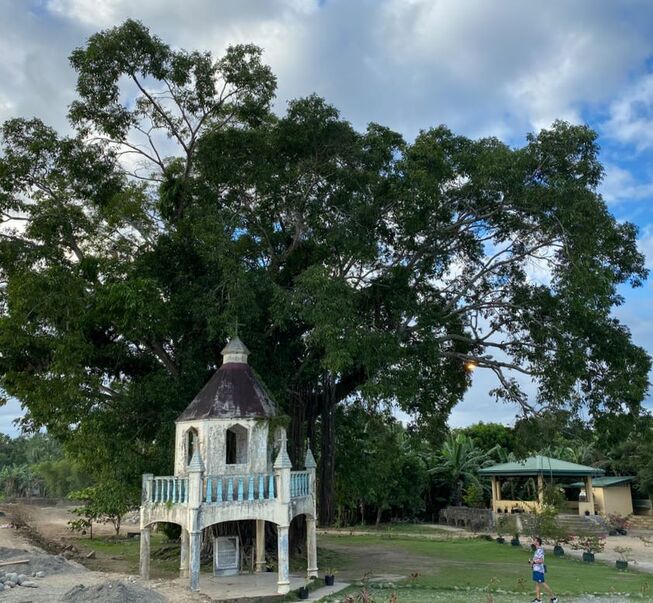
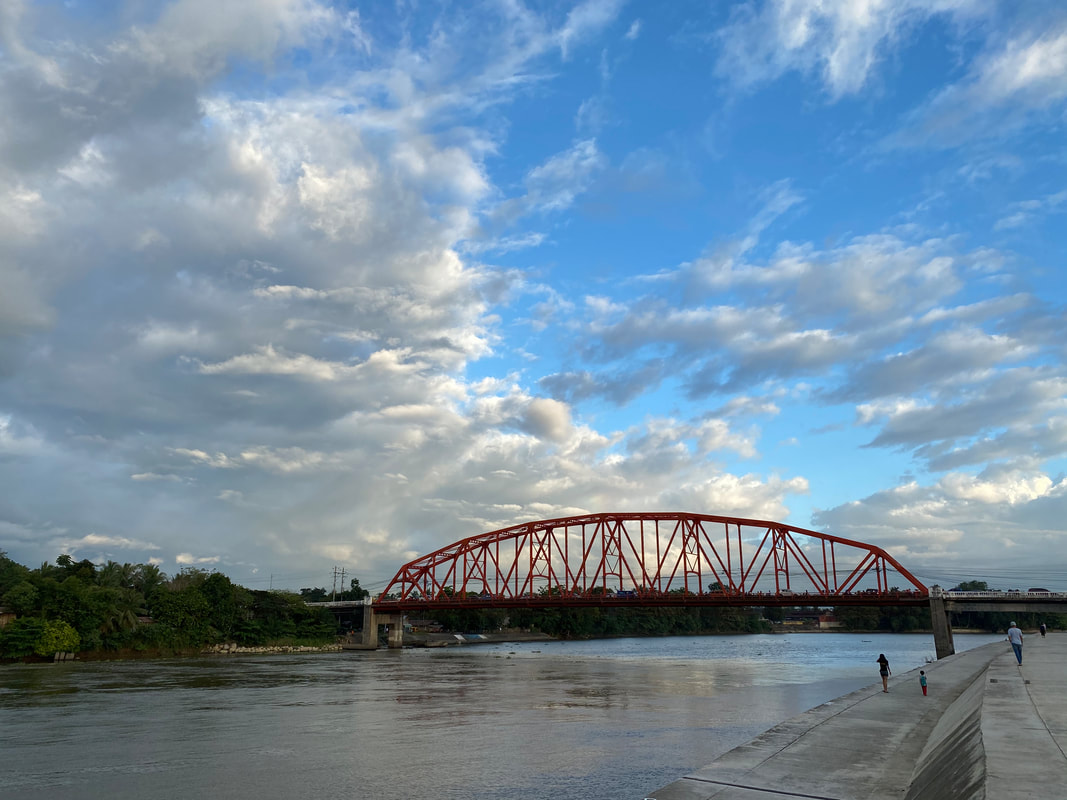
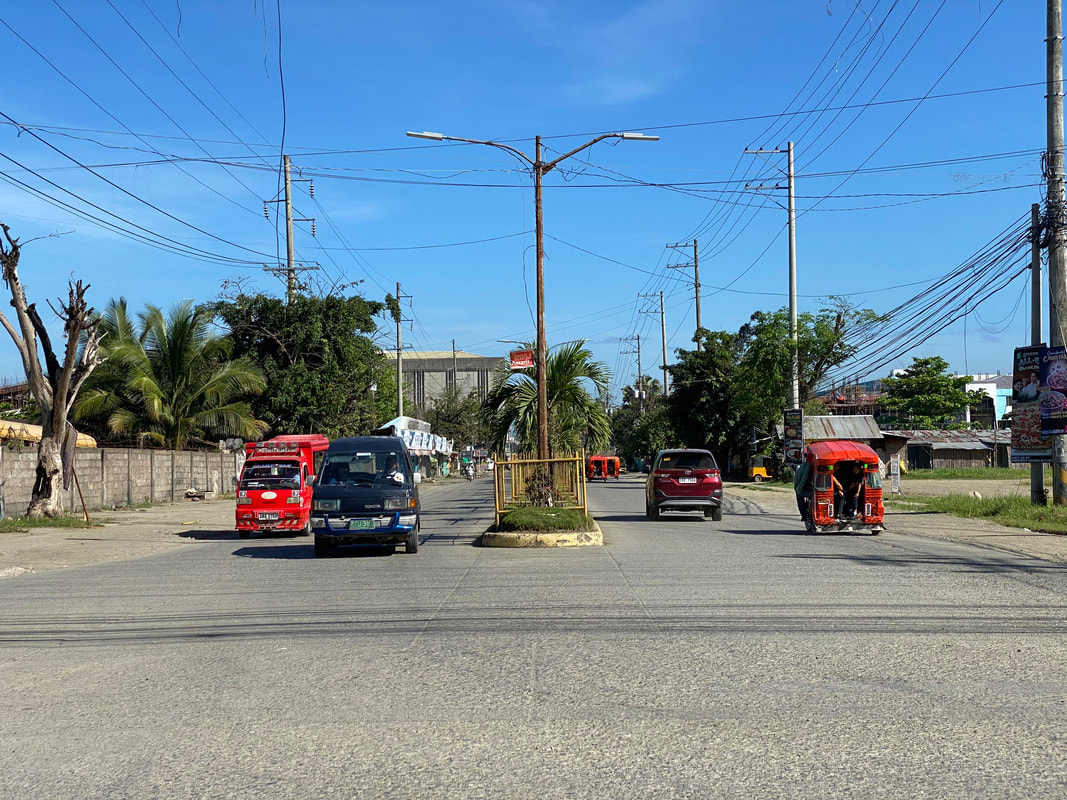
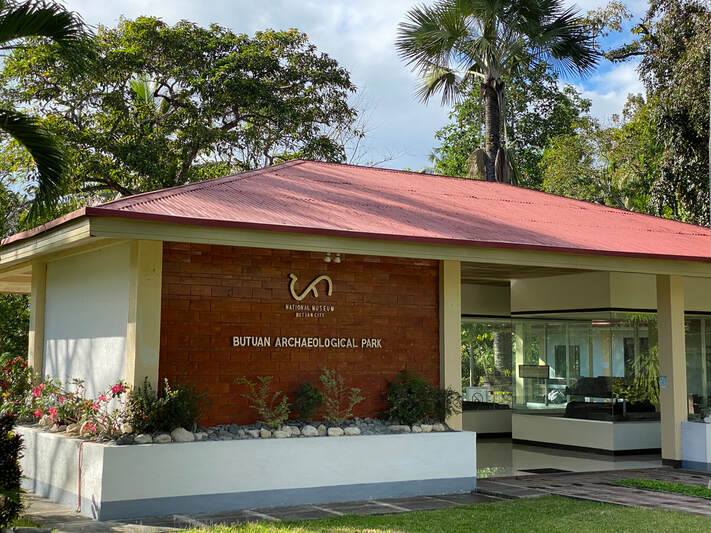

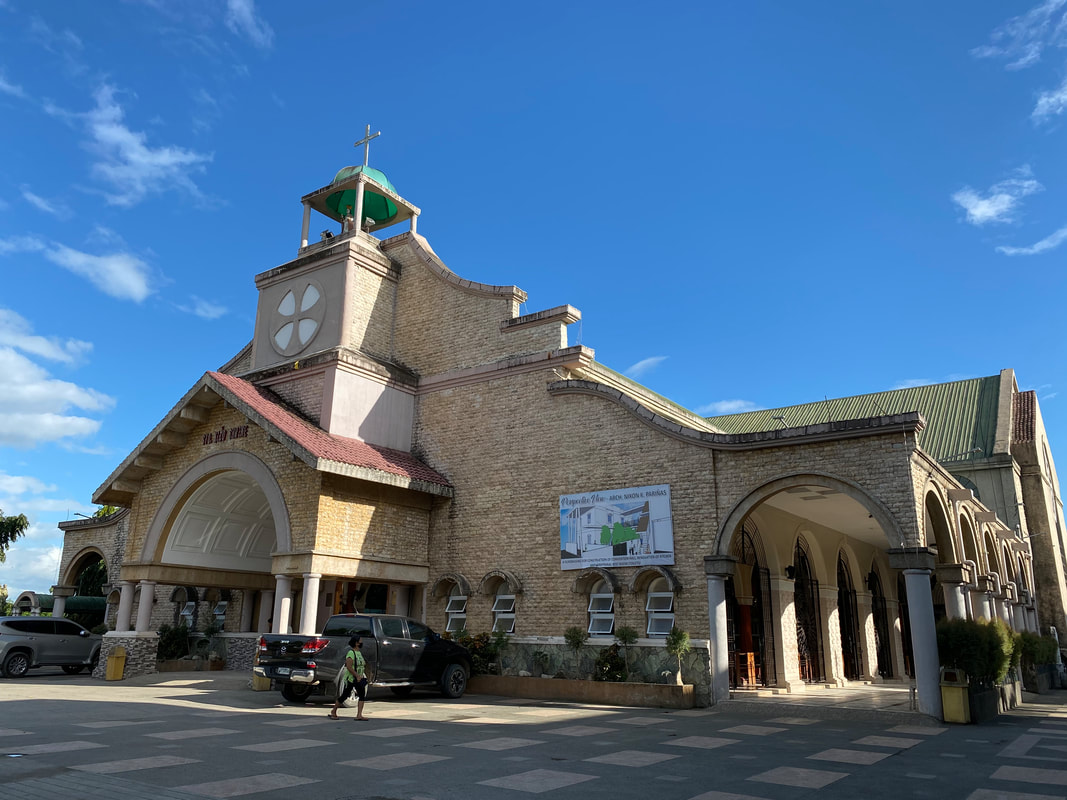
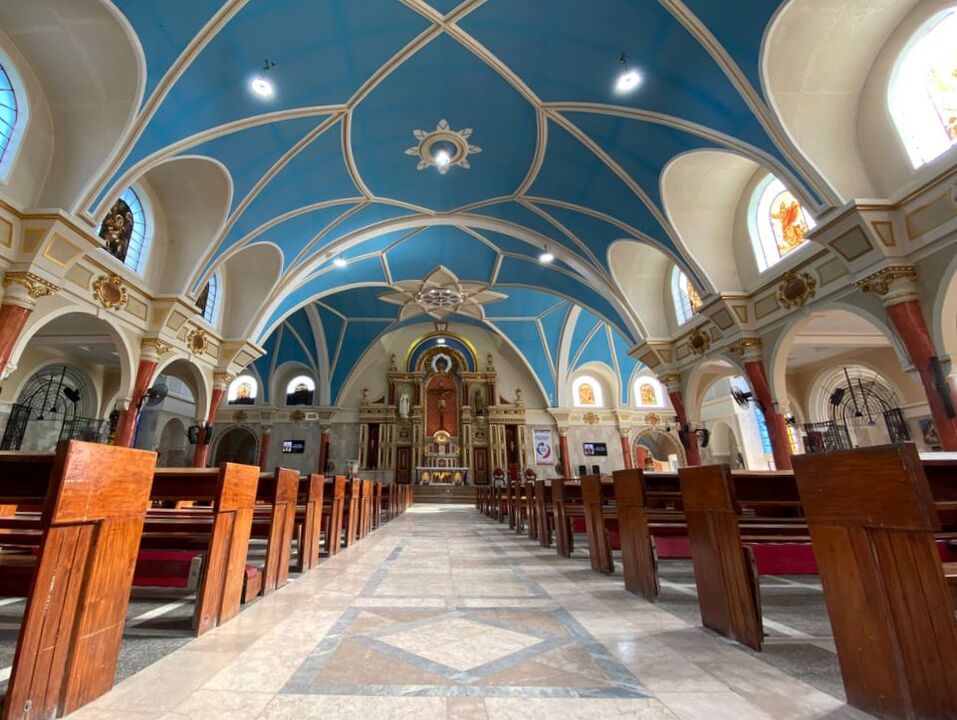
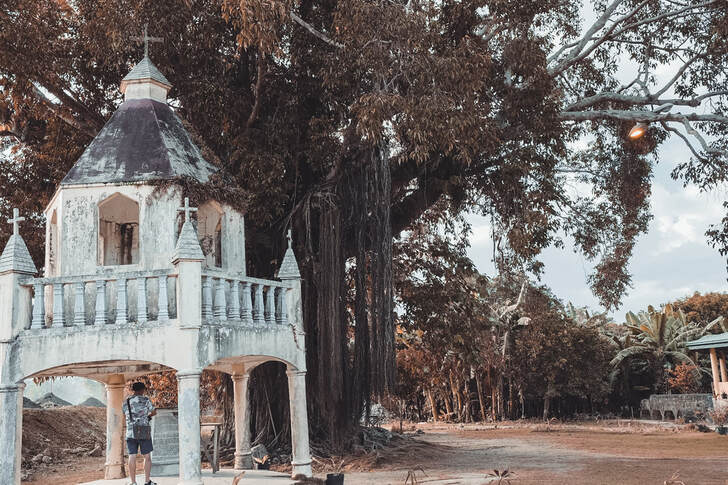
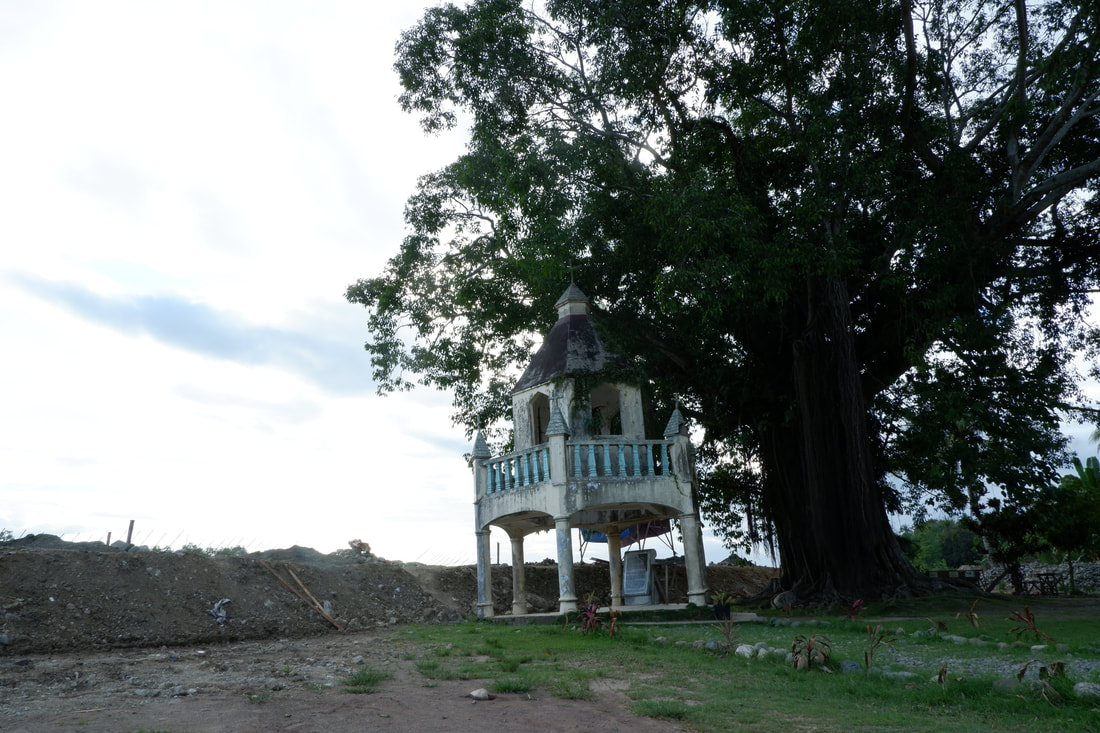
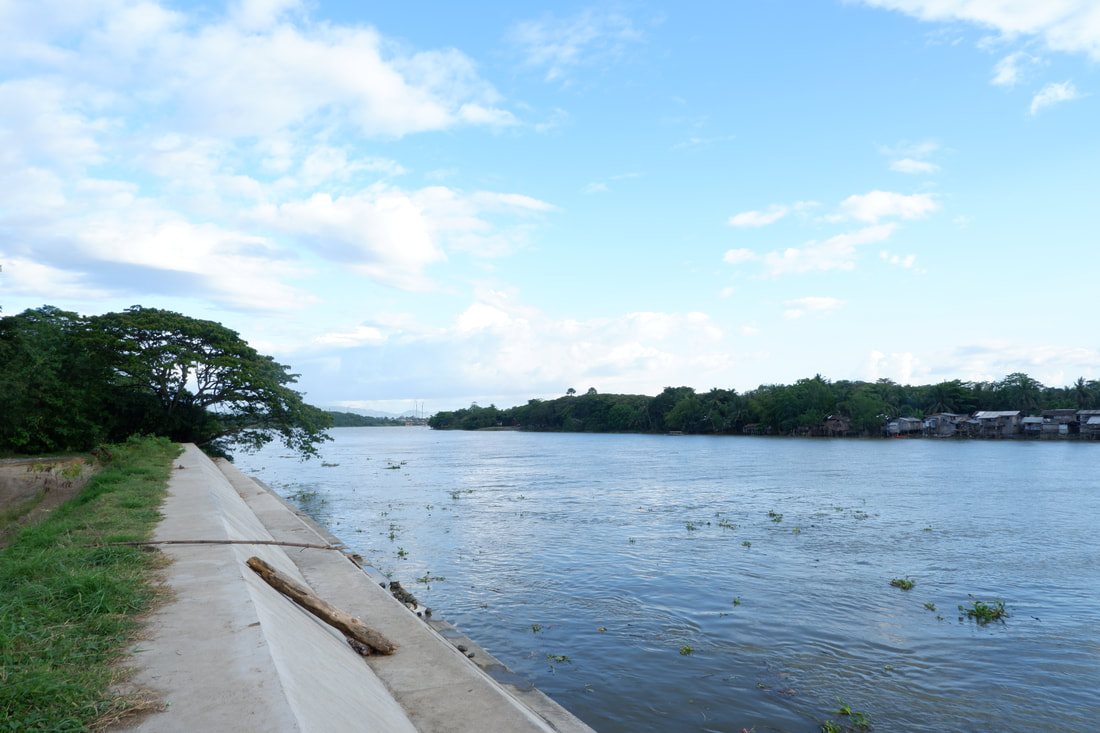

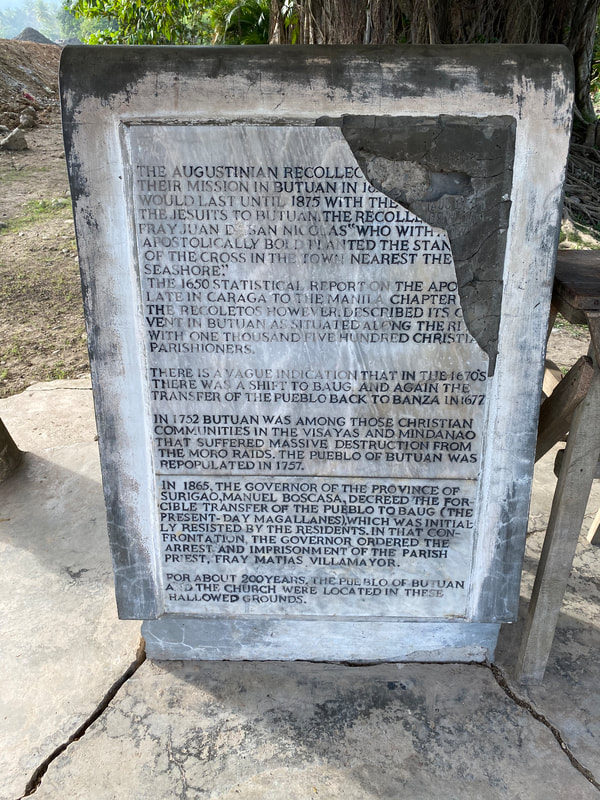
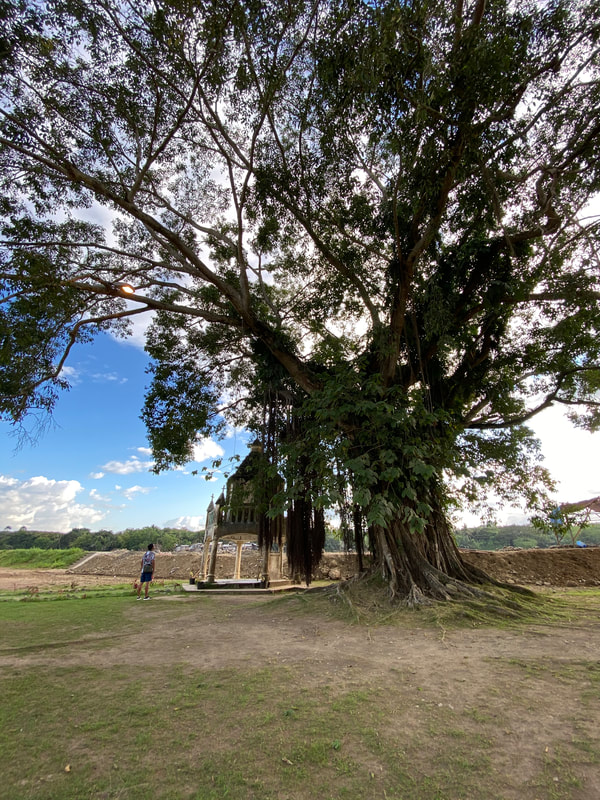
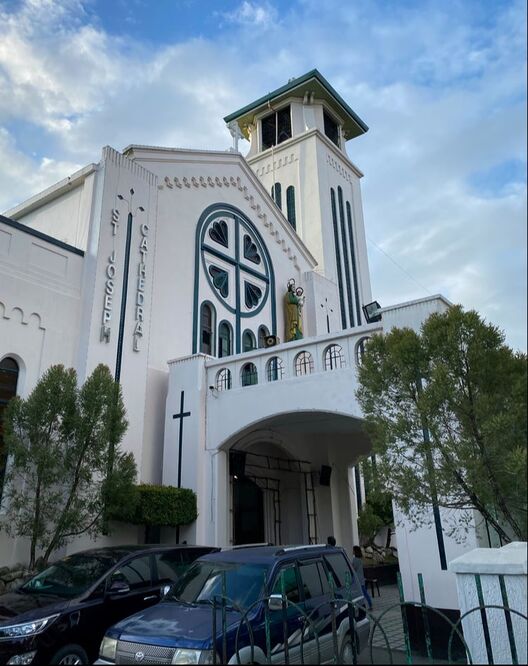
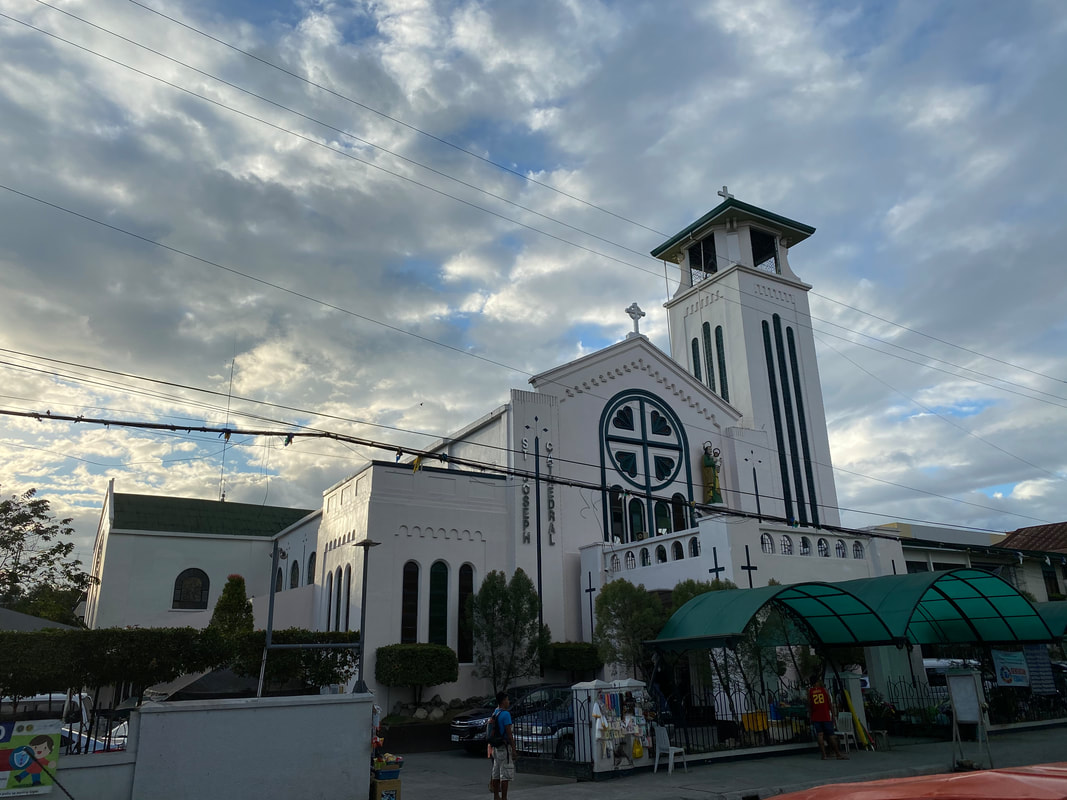
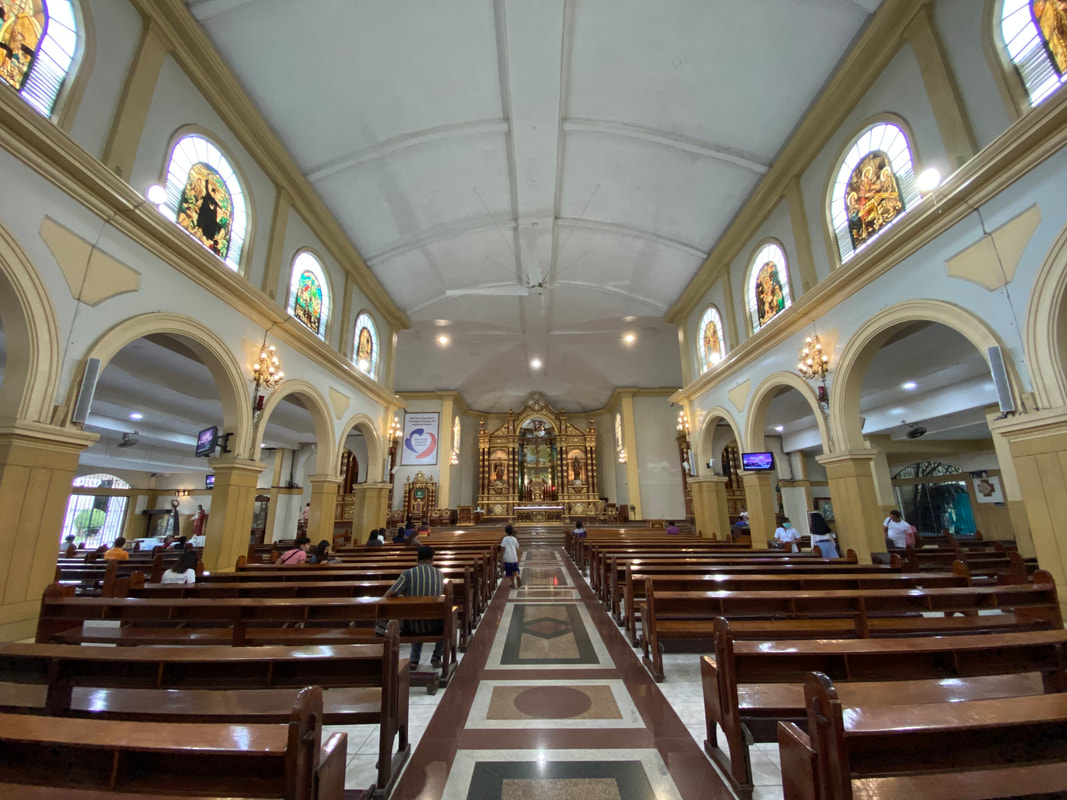
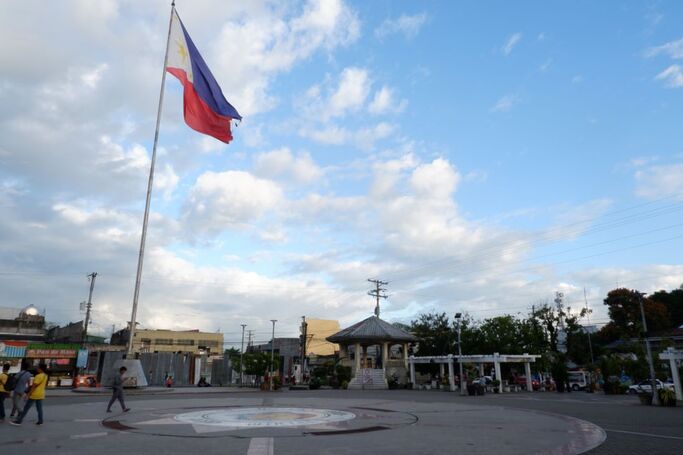

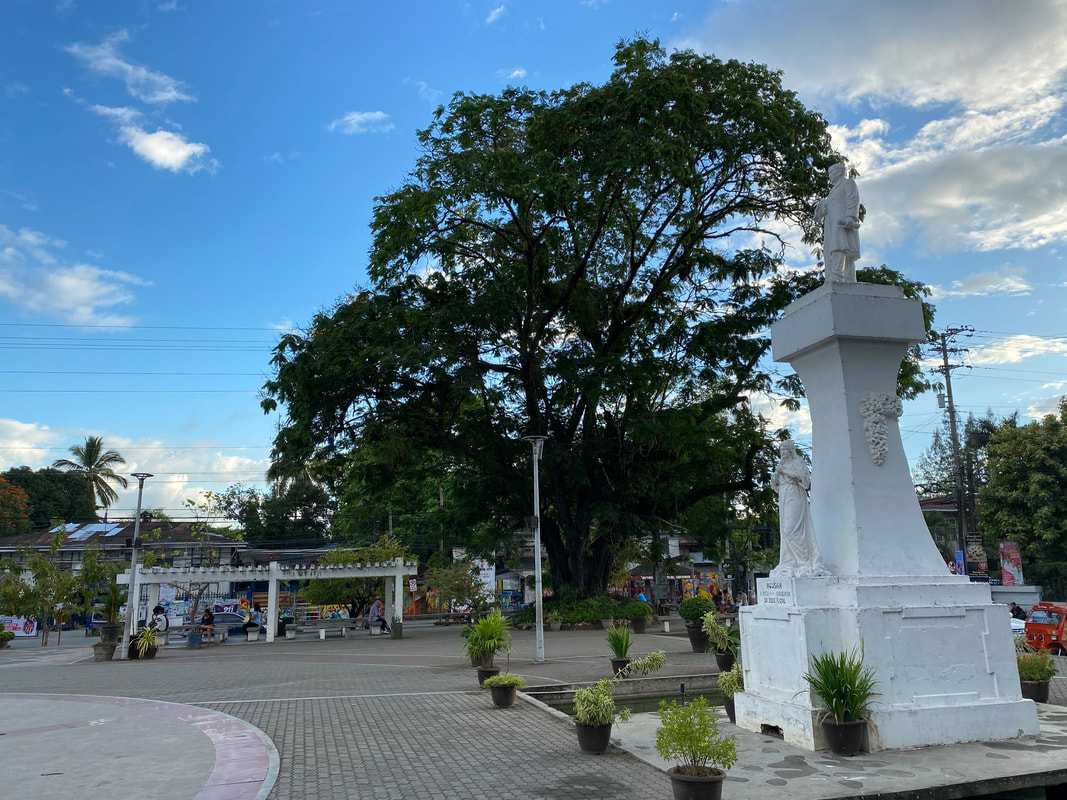
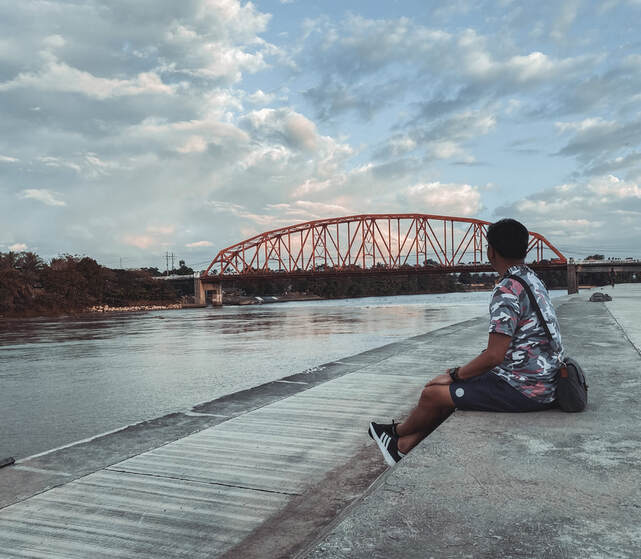
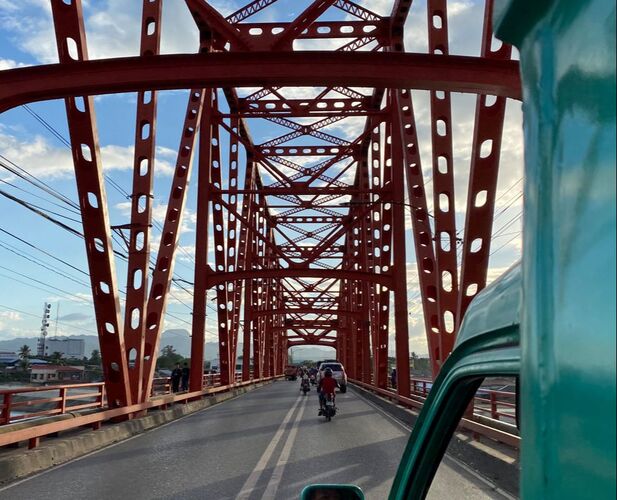
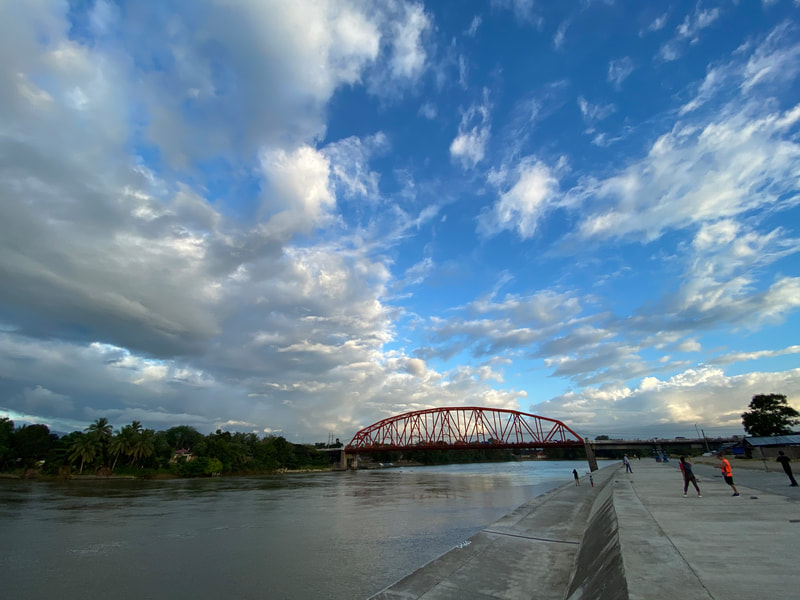
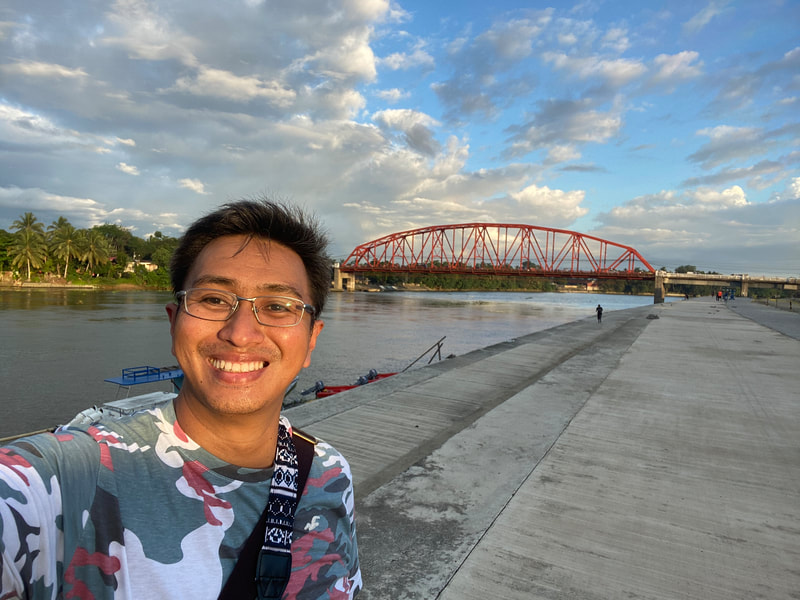
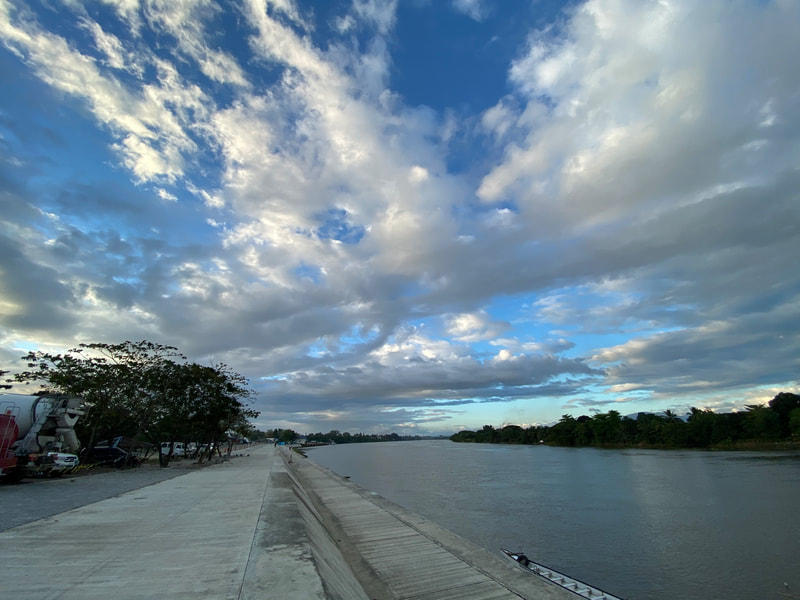

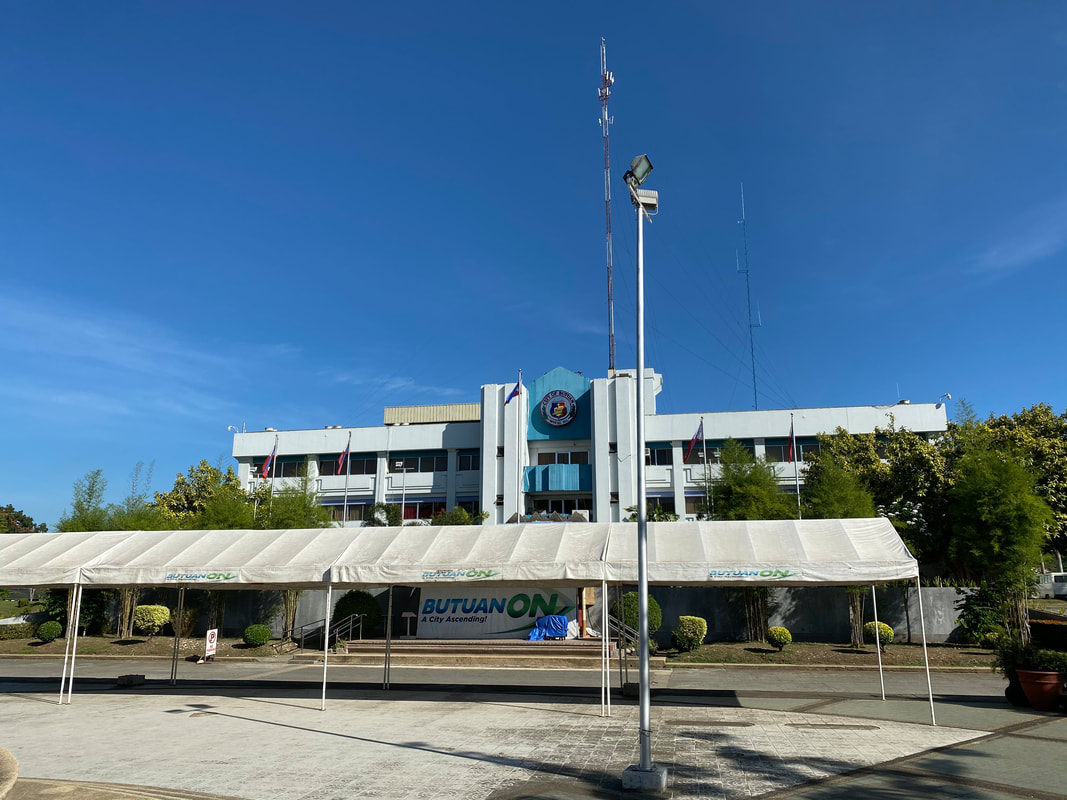
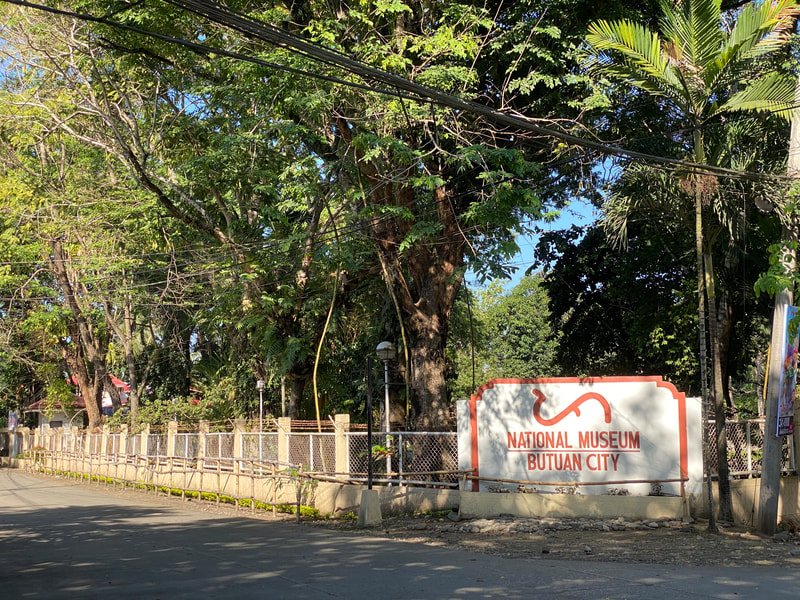
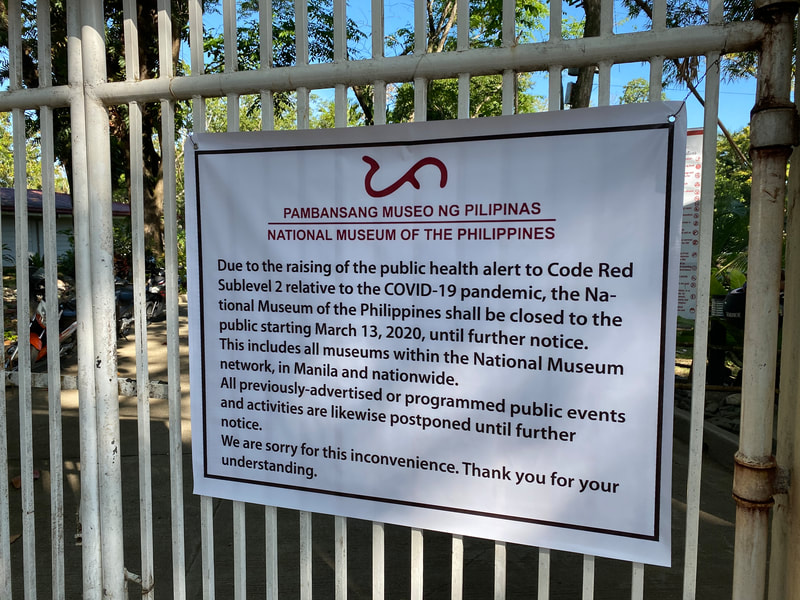
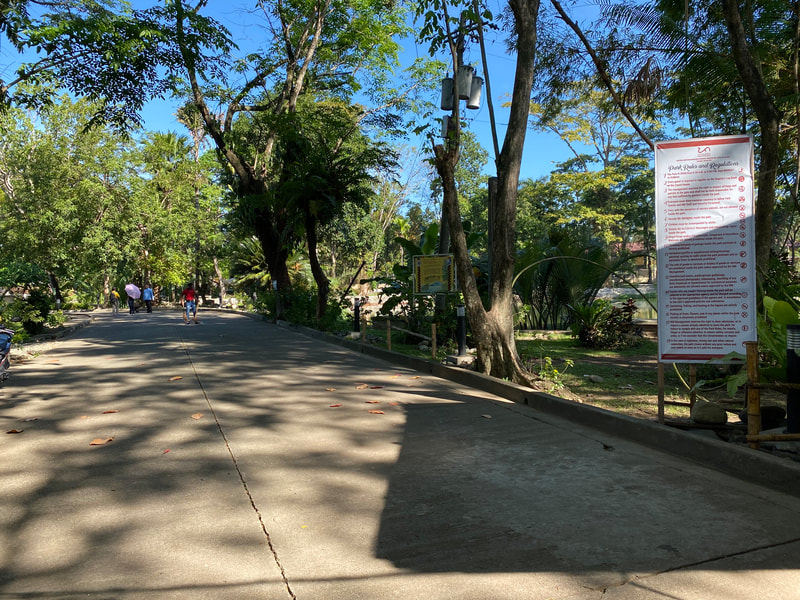
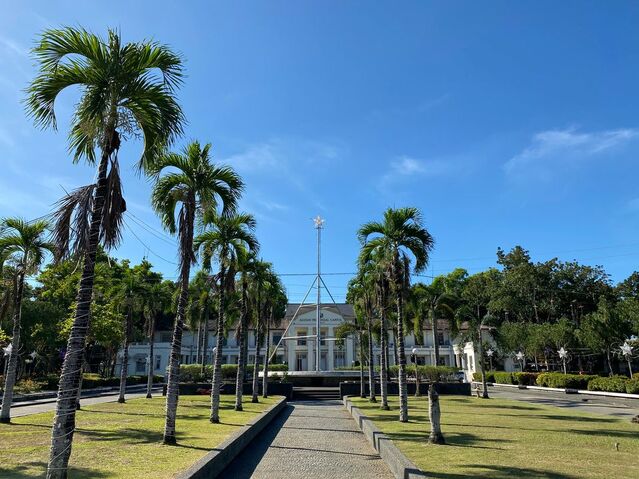
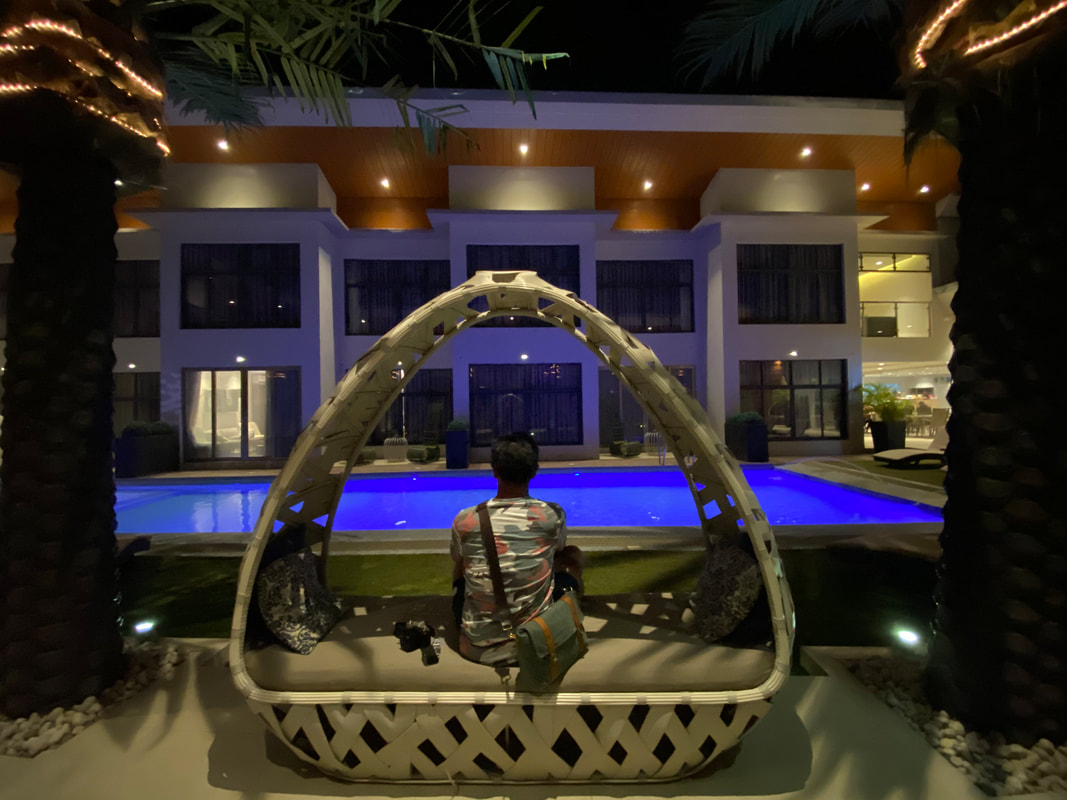
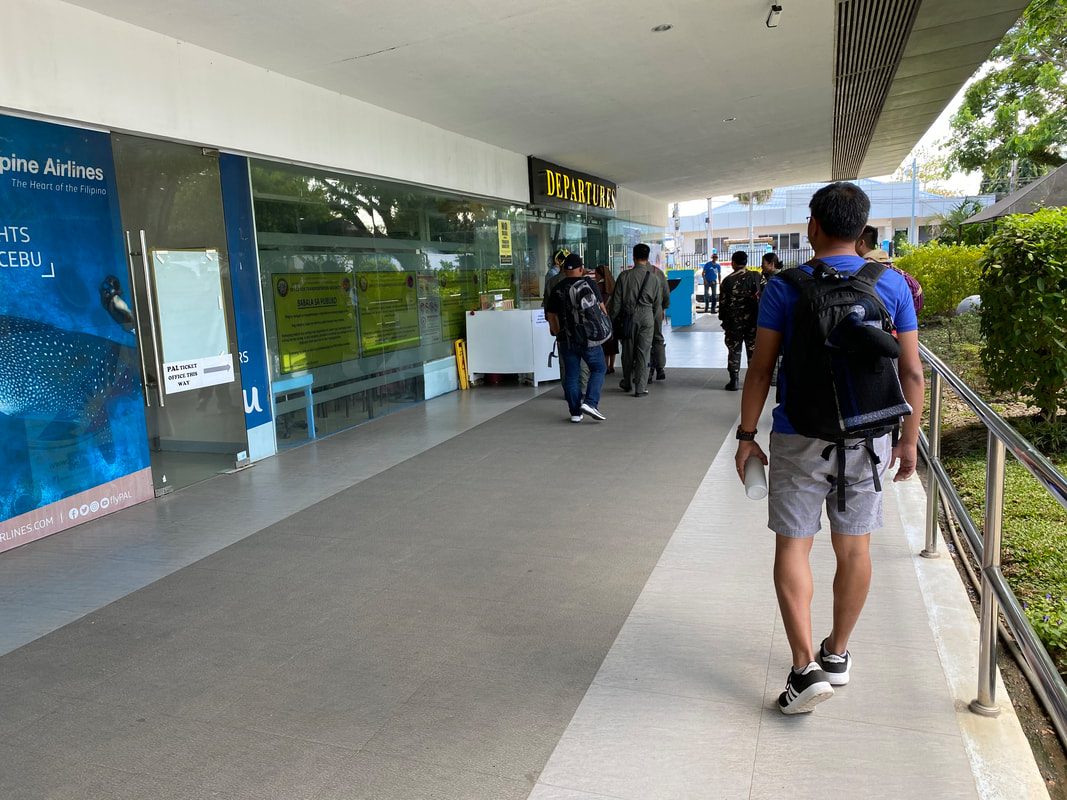
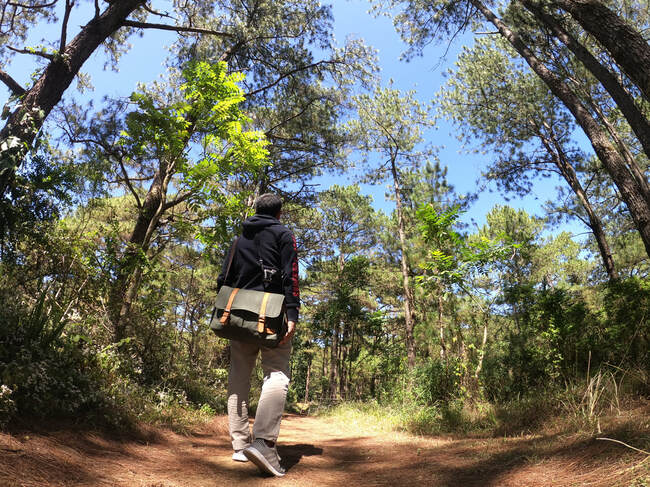





 RSS Feed
RSS Feed